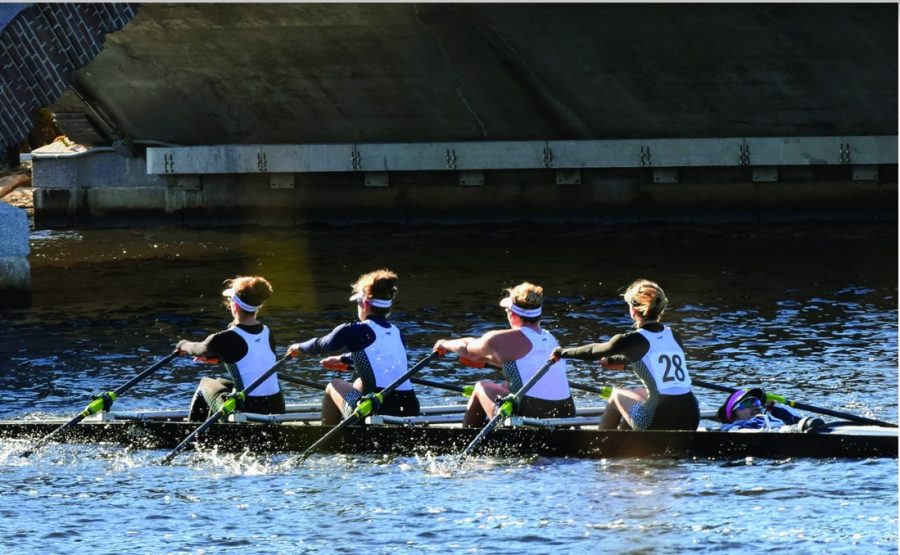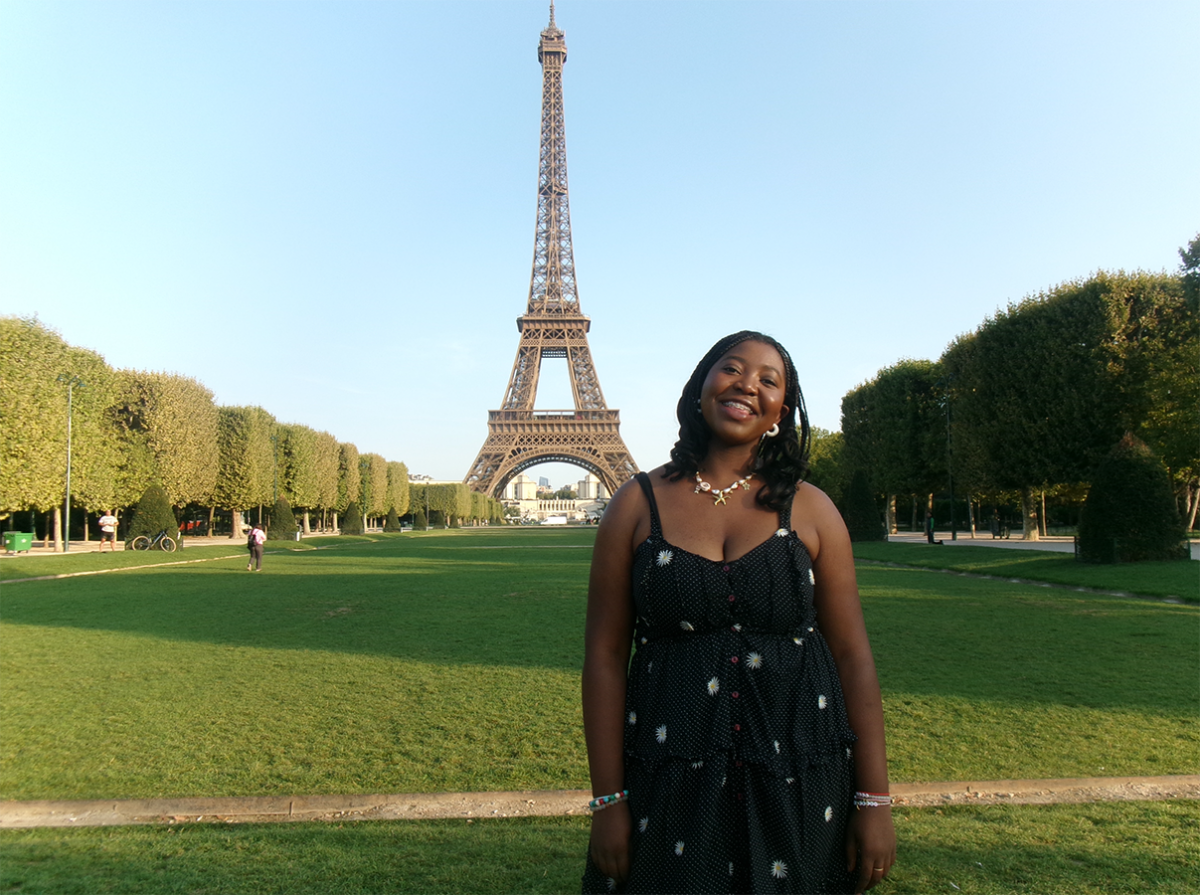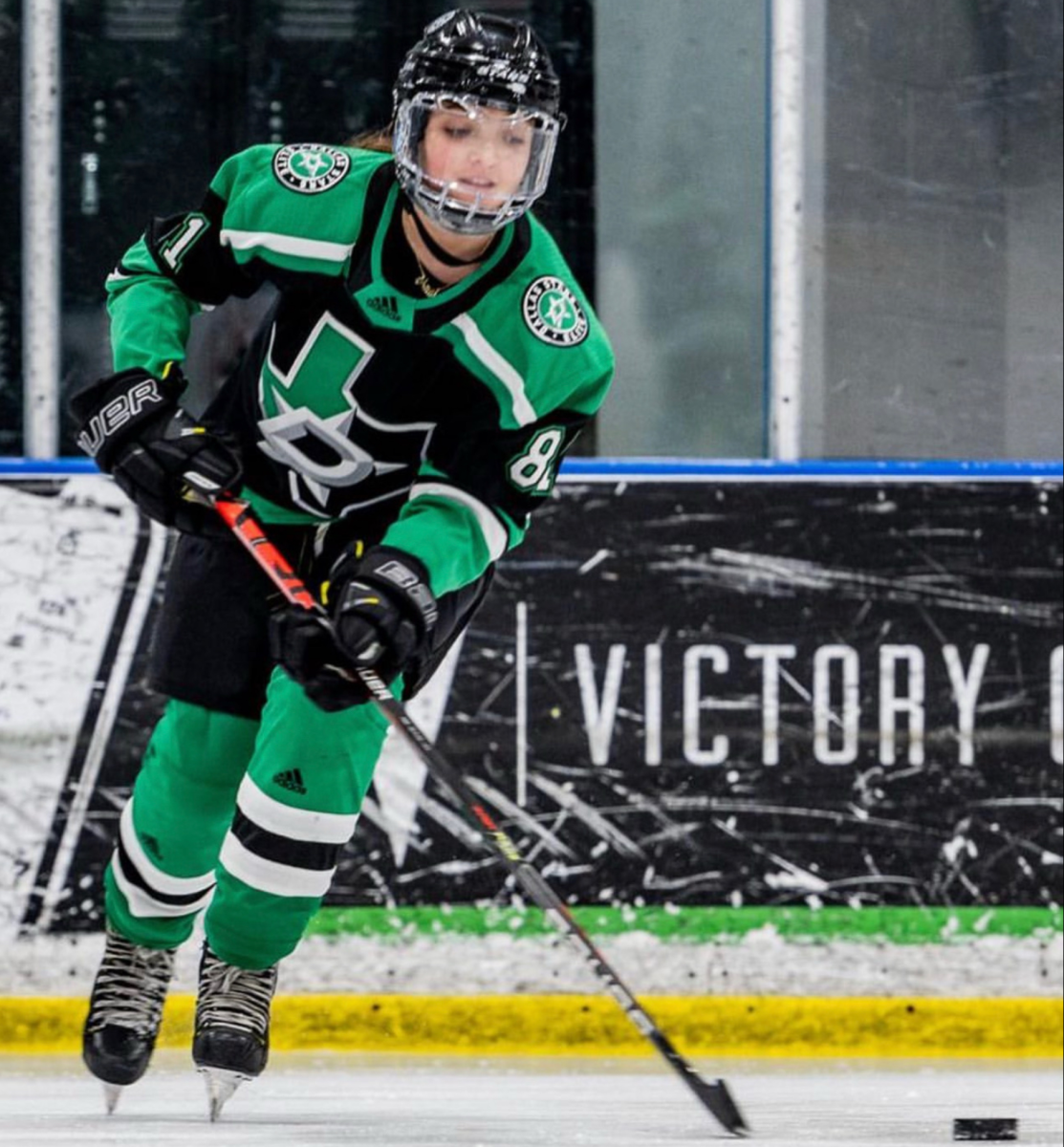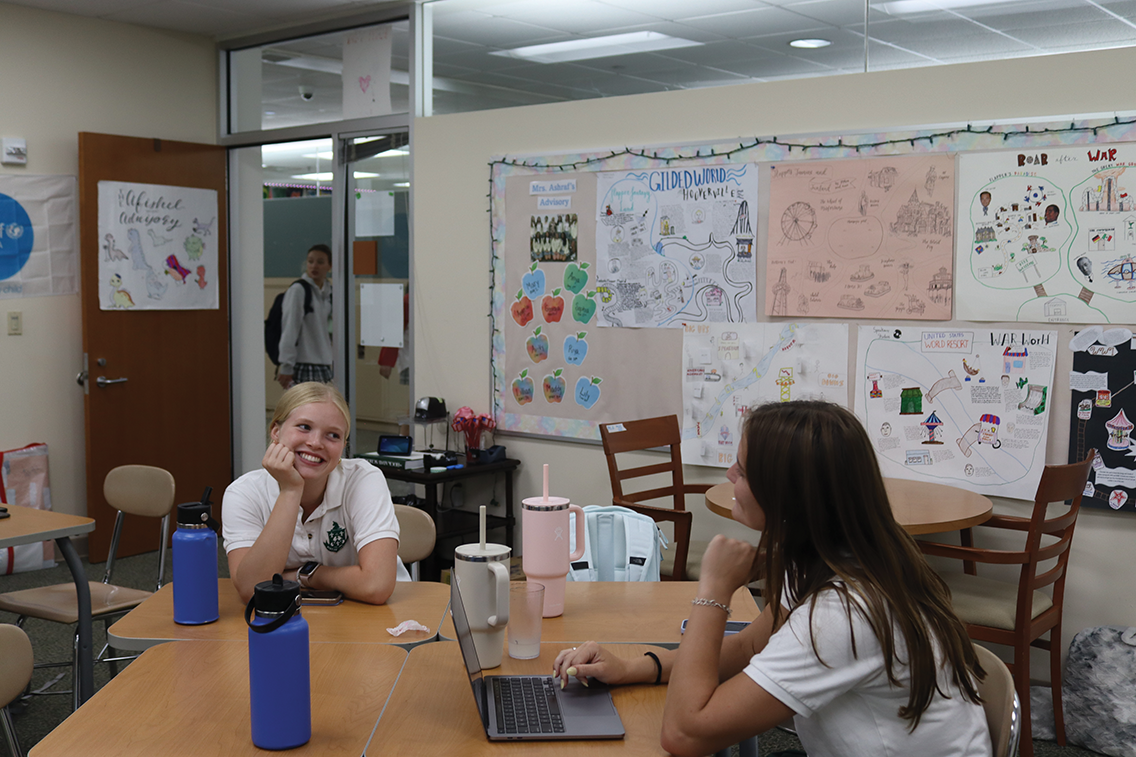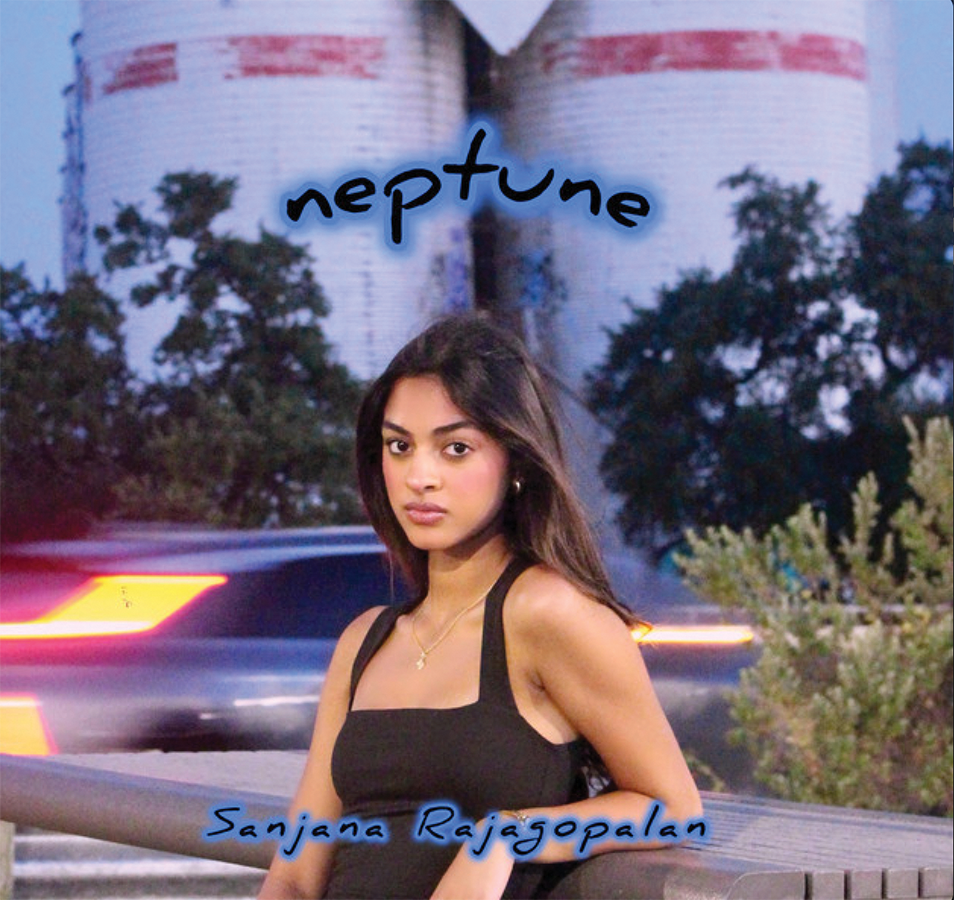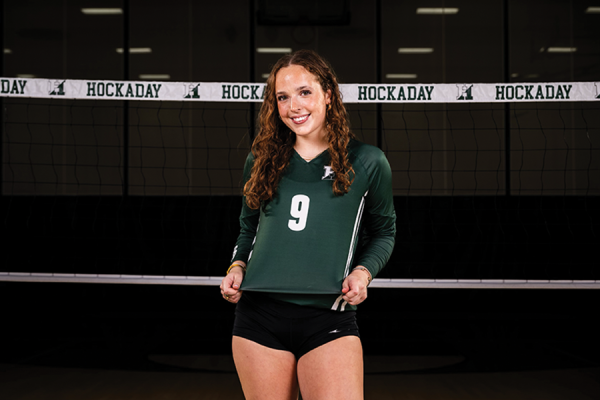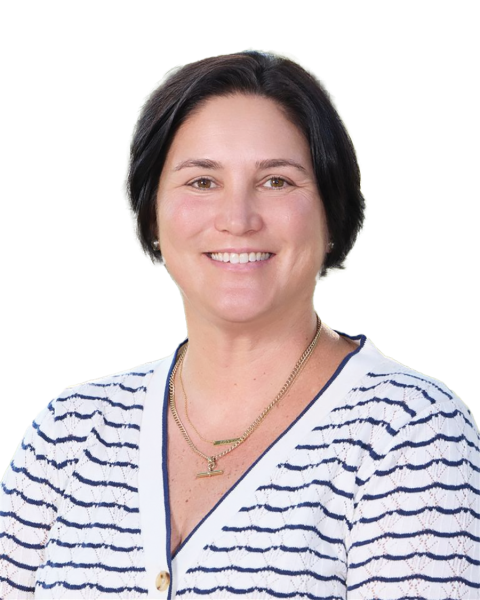Rowing on the River
Crew takes on Challenge of Head of Charles
Photo provided by Paisley Brown
Savannah Frederiksen, Paisley Brown, Sophia Clavenna and Stella Kozielec glide across the water.
December 2, 2021
While their peers prepared for a weekend of Gatsby-themed fun at St. Mark’s homecoming, varsity crew got ready for the biggest regatta in the United States: the Head of the Charles in Massachusetts.
Hockaday boats that placed in the top half of their event earned a bid to participate in the next year’s event. Hockaday’s 4+, or “quad” boat with a coxswain placed 18th out of 52 teams, and the varsity 2x “double” placed 30th out of 54 teams. In a 1x, “single” boat, senior and Stanford commit Jordan Stock placed fifth.
The Head of the Charles Regatta course, on the river separating Boston and Cambridge, is roughly three miles long, goes under six bridges and has three major turns. It’s known colloquially as a “coxswain” race, since the role of the steersman is of the utmost importance on such a complex course.
Lucy Jane Roberts, coxswain for an eight-person boat during a 4,600 meter course, said the way you direct your boat through the course can make a big difference.
“The course is the most significant part of the race because you can cut off 200 meters and row a shorter race based on the angles of your turns,” Roberts said.
The regatta, which is the largest three-day regatta in the world, attracted more than 11,000 rowers this year and has been running since 1965. As for spectators, roughly 225,000 attended this year’s showcase.
Senior rower Sophie Podeszwa said the event features an incredible ambience.
“It’s a reunion of alumni, new rowers, coaches and random college teams,” Podeszwa said. “And there are lots of organizations that set up too, like US Rowing, boat manufacturing companies and food vendors.”
As for missing homecoming, the rowers voiced no qualms about their absence from the St. Mark’s event. Olivia Weeldreyer, a rower for Founders Rowing Club who is committed to Cornell University, said it was even better than homecoming.
The regatta was very inclusive,” Weeldryer said, “and it felt like we were celebrating something much more substantial than what homecoming is celebrating.”


